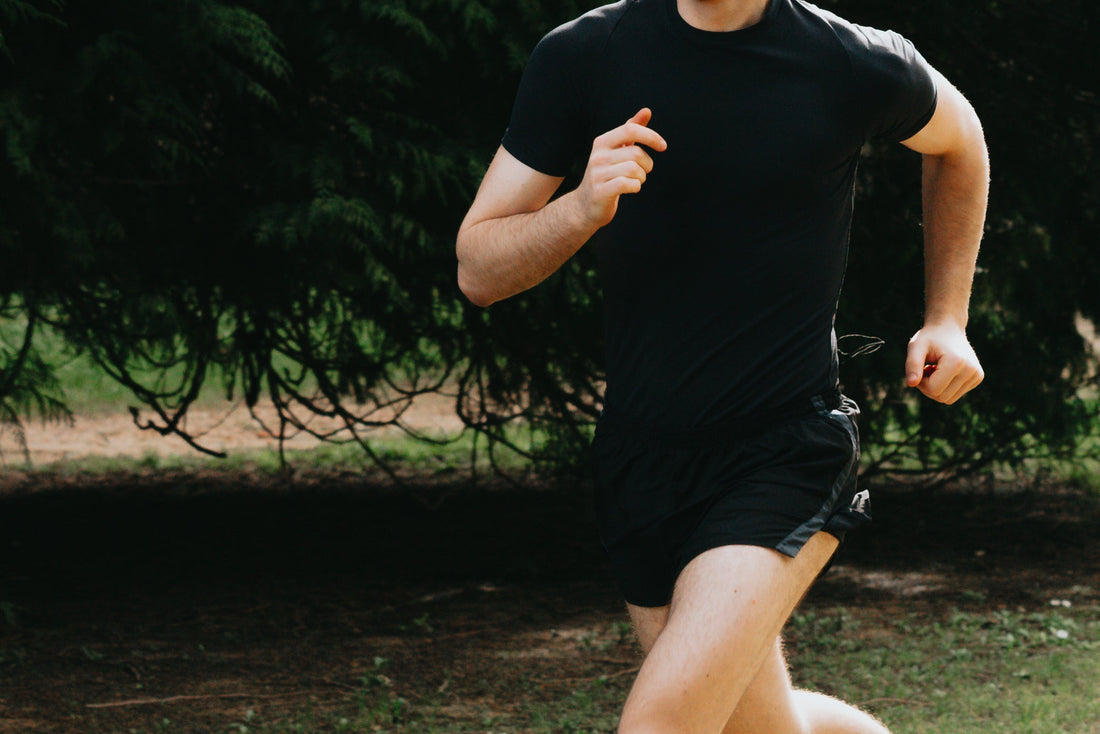
How to Run Properly: A Guide to Improving Efficiency and Reducing Discomfort
Share
When it comes to running, many people may think it’s a simple activity that just involves sprinting. However, the correct running posture and methods have many nuances. Fitness running, as an easy-to-perform sport, is loved by many, and its benefits are undeniable: it can improve lung capacity, enhance cardiovascular function, promote blood circulation, strengthen muscles, increase joint flexibility, and strengthen bones, even helping to prevent diseases.
Discomfort After Running: Have You Experienced It?
Despite the numerous benefits of running, many runners often feel fatigued or uncomfortable after exercising. Why is this? It is closely related to running posture and techniques.
Correct Running Posture: Are You Doing It Right?
- Keep an Upright Torso: Maintain a straight torso, with a relaxed back and a straight line from head to neck to back. Keep your eyes looking forward. Avoid swaying from side to side to minimize unnecessary energy expenditure and injury risk.
- Relax Your Shoulders and Arms: While running is primarily a lower body activity, the upper body posture is equally important. Keep your shoulders relaxed, with your arms slightly bent, swinging naturally back and forth to enhance running efficiency.
- Engage Your Glutes and Lift Your Legs Moderately: Try to keep your glutes engaged to provide sustained forward momentum. Lift your legs moderately to avoid an unstable center of gravity and body jolts.
- Foot Landing Position: When running, land first on your heel or midfoot, then roll forward onto your forefoot. Avoid landing on the entire foot to prevent excessive impact on your body.

How to Alleviate Discomfort After Running
Even if you maintain proper running posture, you may still experience muscle soreness or other discomforts after exercise. Here are some relief methods:
- Warm-Up and Stretch: Always warm up before running and do proper stretches afterward to promote muscle recovery.
- Ice Bath: For soreness after long-distance running, try an ice bath. Soaking your lower limbs in ice water for 5-10 minutes can effectively reduce muscle inflammation and soreness.
- Hydrate: Ensure adequate hydration during running and replenish sufficiently afterward; functional drinks can help with recovery.

Training Full-Body Strength: Enhancing Running Efficiency
Many running enthusiasts mistakenly believe that running only requires leg muscles. Effective running requires coordinated development of the entire body, especially the upper body, core, and glutes.
- Gradual Progression: Start with basic strength exercises and gradually increase difficulty and load to promote coordinated development of all muscles.
- Variety in Content: Avoid repetitive training methods; it’s recommended to change up your routine every six weeks to ensure balanced muscle development.
- Persistence: Strength training requires consistency; only with dedication will you achieve ideal results.

Conclusion
Running is not merely about moving quickly; it is a full-body exercise that requires technique and method. Mastering the correct posture, such as maintaining an upright position, relaxed shoulders, and proper landing techniques, can significantly enhance running efficiency and reduce injury risk. Additionally, proper stretching and recovery methods, like ice baths and hydration, can alleviate muscle soreness and help your body recover faster. Comprehensive strength training is also crucial for enhancing overall muscle coordination. By treating running seriously and focusing on the details, we can enjoy the health and joy it brings, making this sport a beautiful part of our lives.
